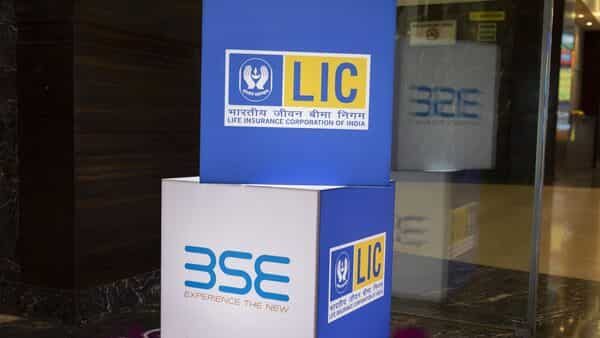[ad_1]
September quarter profit plummeted 25% to levels not seen since the peak covid quarter of April-June 2021 as raw material costs surged 45% from a year earlier, a Mint analysis of 2,923 companies (excluding financials and banks) showed. However, with commodity costs softening, companies will likely see profit rebound in the coming quarters.
Net sales, however, increased 29% from the previous year, Mint data showed, indicating consumer demand remained strong despite inflation and geopolitical uncertainties.
Mitul Shah, head of research at Reliance Securities, said that the fiscal second-quarter earnings season ended with healthy revenue growth, but inflationary pressures impacted profitability.
While operating profits declined 8.64% from a year earlier, higher interest costs squeezed net profits further.
HDFC Securities’ head of retail research, Deepak Jasani, said that higher interest rates resulted in increased costs of borrowing working capital.
Companies tried to pass on costs to consumers by raising prices, resulting in revenue growth, but volume growth suffered.
FMCG companies’ volume growth has been slowed by high inflation and weak rural sentiment, Jasani said.
A multi-year low in gross margin forced companies to cut marketing spending. Rural demand remains weak, with no signs of recovery in sight over the next few months, but urban and discretionary demand is holding up well. Rural demand continues to suffer from high inflation, he said.
Manish Jain, a fund manager at Ambit Asset Management, said that “the only surprise was that rural markets may be witnessing some early signs of a slowdown”.
However, there were some silver linings as well. Banks continued to witness strong credit growth, and IT sector deal wins remained steady despite fears of a slowdown in Western markets.
“Earnings momentum has moved towards banking and industrials from IT companies and metals. Most of the banks’ earnings were at historic highs. Defence equipment manufacturers also did fairly well,” said Nishit Master, a portfolio manager at Axis Securities.
The banking sector saw healthy loan growth, net interest margin (NIM) expansion and continued moderation in provisions. Automakers, financials and industrial and engineering companies witnessed upgrades.
Sectors such as commodities, manufacturing, and even IT services, however, saw downgrades, according to Shah.
The cement sector was one of the biggest drags, with earnings tumbling by around 75% over the previous year, led by input cost pressures, pointed Jasani.
Imported coal (freight on board Australia) and domestic pet coke prices rose by over 125% and 35% from a year earlier, respectively, in the September quarter, leading to rising power and fuel costs and impacting many other sectors, including metals.
However, analysts expect an easing of input cost pressures.
Investors will likely look for signs of a pickup in rural demand during the second half of the fiscal year, and Nifty earnings growth will hinge on the same.
The Nifty index currently trades at 19.3X one-year forward price-to-earnings, which is lower than the historical average, Shah said.
Margins could stabilize or improve a bit from here in the December quarter, Jasani said. However, sharp sales growth in the fiscal third quarter may be difficult, given the base effect. Rural markets are also still under stress, while the global slowdown could continue to impact export-dependent companies.
Download The Mint News App to get Daily Market Updates & Live Business News.
[ad_2]
Source link
John Miller has been writing about science, gaming, and tech culture for over a decade. He’s a top-rated reviewer with extensive experience helping people find the best deals on tech and more.


